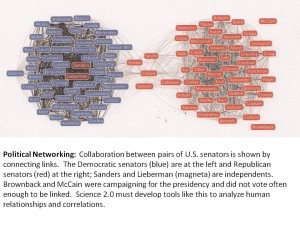The Reader-to-Leader Framework: Motivating Technology-Mediated Social Participation
Jennifer Preece, University of Maryland1
Ben Shneiderman, University of Maryland2
Abstract
Billions of people participate in online social activities. Most users participate as readers of discussion boards, searchers of blog posts, or viewers of photos. A fraction of users become contributors of user-generated content by writing consumer product reviews, uploading travel photos, or expressing political opinions. Some users move beyond such individual efforts to become collaborators, forming tightly connected groups with lively discussions whose outcome might be a Wikipedia article or a carefully edited YouTube video. A small fraction of users becomes leaders, who participate in governance by setting and upholding policies, repairing vandalized materials, or mentoring novices. We analyze these activities and offer the Reader-to-Leader Framework with the goal of helping researchers, designers, and managers understand what motivates technology-mediated social participation. This will enable them to improve interface design and social support for their companies, government agencies, and non-governmental organizations. These improvements could reduce the number of failed projects, while accelerating the application of social media for national priorities such as healthcare, energy sustainability, emergency response, economic development, education, and more.
Recommended Citation
Preece, Jennifer and Shneiderman, Ben (2009) “The Reader-to-Leader Framework: Motivating Technology-Mediated Social Participation,” AIS Transactions on Human-Computer Interaction (1) 1, pp. 13-32
Available at: http://aisel.aisnet.org/thci/vol1/iss1/5


